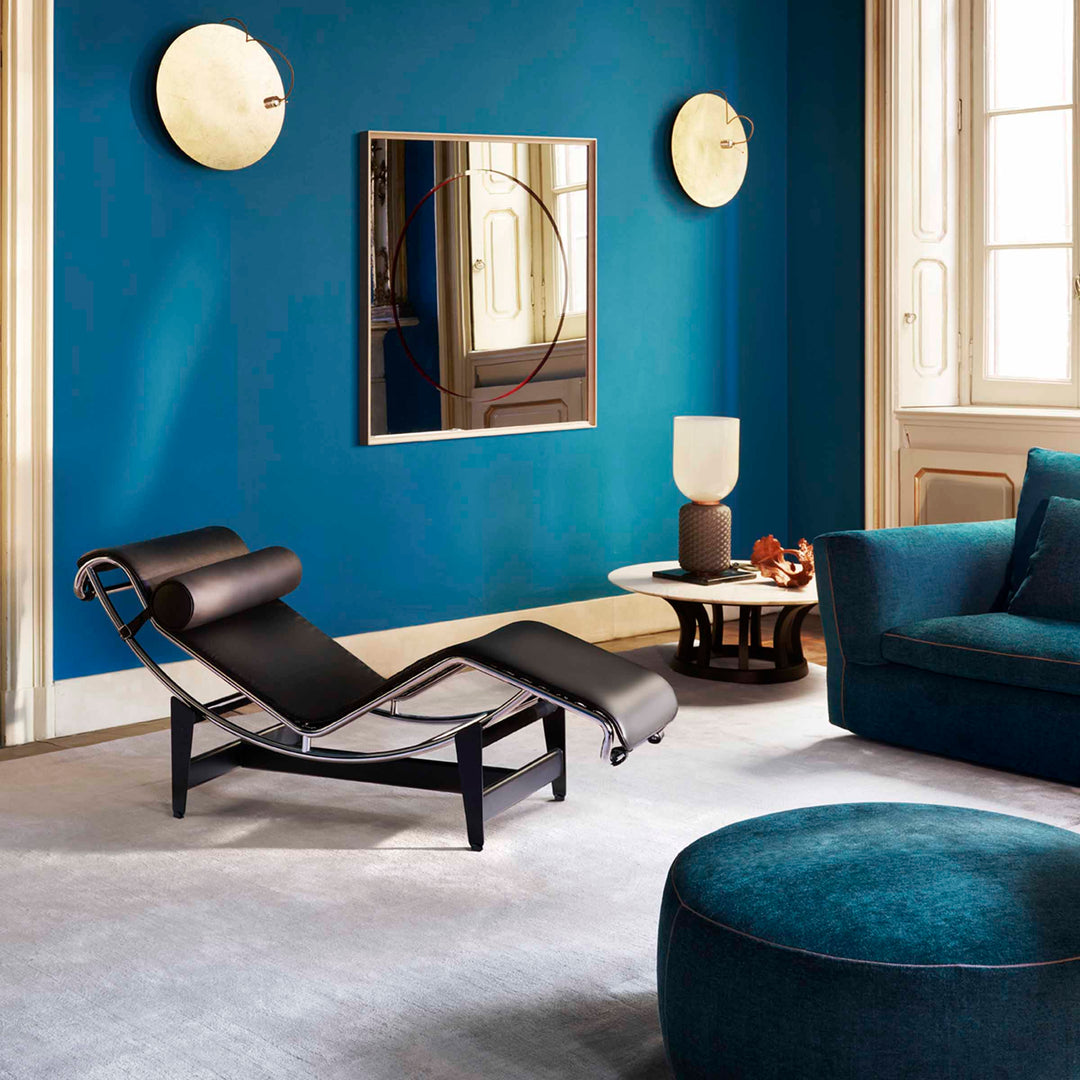#05 COSTA SMERALDA
THE BLOG - curated by Antonella Dedini
DESIGN ITALY IN THE WORLD
COSTA SMERALDA

It is one of the most exclusive locations on the northeast coast of Sardinia, Italy, stretching approximately 50 km between Arzachena and Olbia.
The Costa Smeralda is connected to some places of inestimable natural value, small bays surrounded by juniper plants, transparent sea, and white beaches with a proliferation of islets bordered by the strokes of sails always unfurled by the wind. With its consortium, founded by the Ismaili Prince Karim Aga Khan in 1962, the Architecture Committee was established, which still examines any type of project within the consortium areas.
The architecture of the houses enhances the beauty of the place and is predominantly white and made of granite. These dwellings are perfectly integrated into the landscape with a unique, codified, extremely refined, Mediterranean style, and with great respect for local construction materials. They feature simple shapes, clear volumes, somehow linked to the environmental situation, repeated arches, light-colored or pastel-toned plasters. Famous projects by illustrious artists such as Andrea Cascella and Mario Ceroli, architects like Luigi Vietti, Jacques, and Savin Couelle, and Michele Busiri Vici have left an indelible and unique mark in this place.
How to furnish a house inspired by the Costa Smeralda in Sardinia?
UNDER THE PORCH

White, light blue, turquoise, water droplets moved by the wind, and reflections of light: in a sculpture, the essence of the sea and its extraordinary events of clear horizons. Stravedamento, by the artist Aina Kari, entirely hand-blown in glass, is a highly impressive tabletop decoration.
The sofa is white, capturing the light and subtly guiding it under the porch where shade is desired; this outdoor model is called "Scacco" and is modular, available in various configurations. It was designed by Ludovica + Roberto Palomba for Talenti.

Half-sphere coffee tables made of cork from Suber serve as coffee tables. The ivory-colored Costantina floor lamp by Nava+Arosio for Mogg looks like a sculpture in white stone reminiscent of the ancient monuments of Sardinia.
The seats around the sofa are soft and welcoming. The natural materials of the water-proof Virgola chaise-longue and the handwoven rope of the Cordula elliptical armchair from Missoni Home Collection blend seamlessly with the space and the surrounding nature.
Precious tiles adorn the scene, whether on the wall or the floor. In Sardinia, geometric pattern mosaics prevail, featuring typical designs that show strong similarities with North African mosaics, confirming an important connection between these two regions, especially during the imperial age. The Sicis Bonnard mosaic seems perfect.
THE DINING AREA
The dining area features the colors of wood and local stone. Materials from the region, such as oak and cork, are prevalent throughout the island. The Convivio table with the In Breve chairs by Dale Italia recreate the atmosphere of the Sardinian landscape.
The Setareh Glass table lamps by Francesco Librizzi for FontanaArte resemble ancient portable lanterns. The Maddalena suspension lamp by Jari Franceschetto for Suber incorporates components made of recycled cork and metal, produced through sustainable processes that give new life to the material.
On the wall, there is a silkscreen print by the designer and artist Bruno Munari, who, with provocative irony, created a series of works for an "Edizioni d'arte" collection in 1984, representing an invented "asemic" writing, open to the reader's interpretative freedom.
The furnishings in the room are objects from the Bitossi Ceramiche collection, a historic company representing the excellence of Italian craftsmanship worldwide.
THE SLEEPING AREA

The bed is a "monolith" of soft fabric. Oniro from the Missoni Home Collection is like a boat that cradles you to sleep on the turquoise sea. The furniture, with simple and primitive shapes in briccola wood, is handcrafted by Riva1920.
The Briccolone bookcase is designed by Michele De Lucchi, and the Venice console was created by Claudio Bellini.
The Piantama floor lamp on the sides of the bed, designed by Marcantonio for Mogg, has a dual-function design: a successful combination of a natural solid larch wood element that becomes a practical bedside table, combined with an iconic black industrial pantograph lamp.
Bronze sculptures with a marine theme can complement the room's decor. In particular, the lost wax bronze castings by the artist Gianna Moise are true works of art.
The Radio Stereo Totem by Mario Bellini for Brionvega is also a sculpture, in this case, modular and adaptable in its form: the wooden structure is equipped with a powerful audio system consisting of two speakers that, when opened, reveal the Hi-Fi stereo system, AM/FM/DAB radio, and a turntable.





























